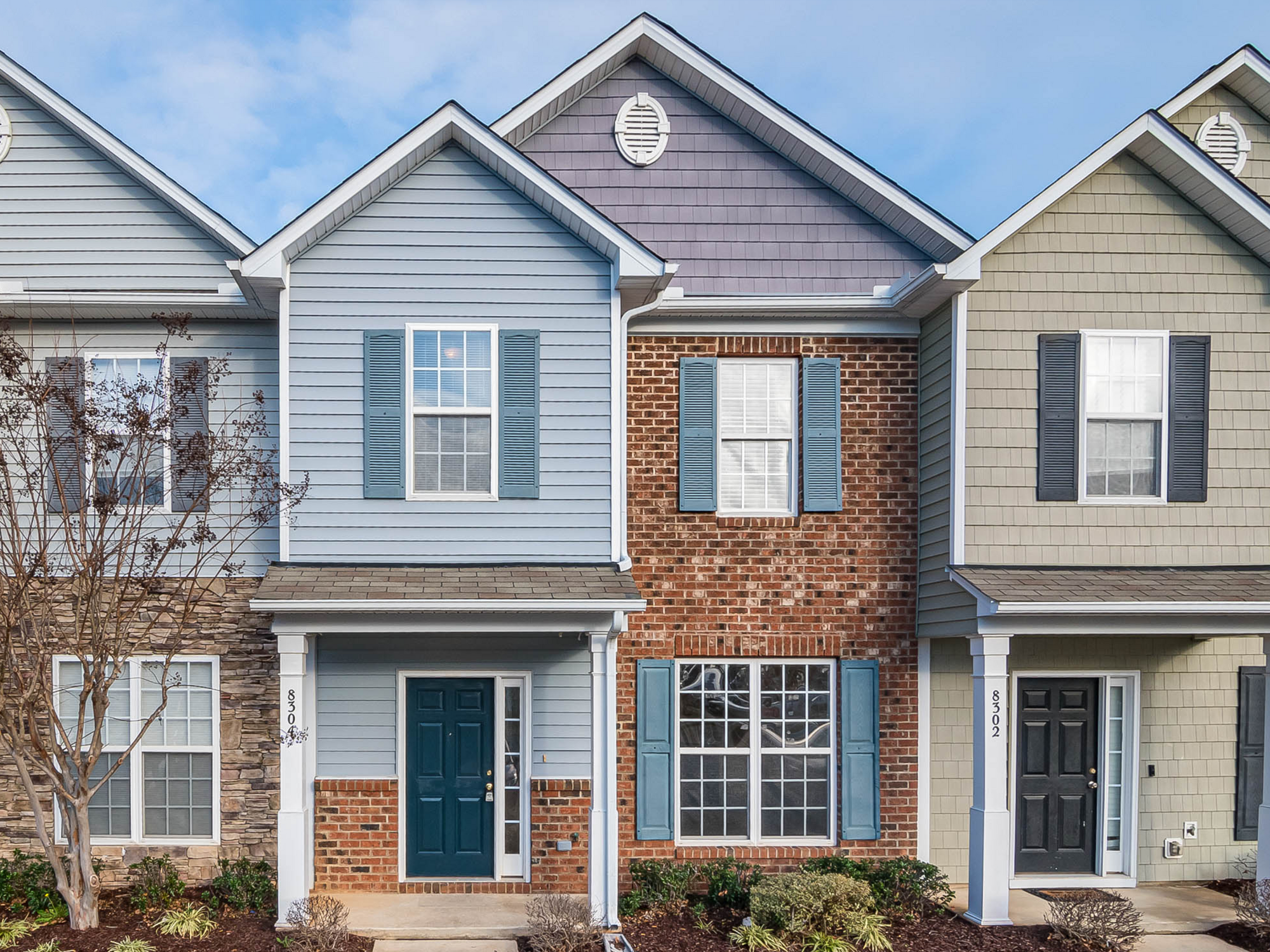

Blog
The building construction sector has a critical role in drawing down carbon emissions by 2040. As nations all over the globe tackle operational emissions from buildings, we must now address our total emissions impact.

The Intergovernmental Panel on Climate Change (IPCC), viewed as the most credible source of climate change research, issued an alarming report on October 2018 removing all doubt – absent aggressive action the atmosphere will warm up by as much as 2.7 ° F above preindustrial levels by 2040, inundating coastlines and intensifying droughts and poverty. The significance of this report is that the effects of climate change will occur in our lifetime.
The building construction sector has a critical role in drawing down carbon emissions by 2040. As nations all over the globe tackle operational emissions from buildings, we must now address our total emissions impact.

Life-cycle emissions resulting from buildings consist of two components: operational and embodied. A great deal of effort has been put into reducing the former as it is assumed to be higher than the latter. Studies have revealed the growing significance of embodied emissions in buildings, but its importance is often underestimated in energy efficiency decisions.
According to the Embodied Carbon Review 2018 by Bionova Inc, embodied carbon is the total impact of all the greenhouse gases emitted by the construction and materials of our built environment. Furthermore, during their life-cycle, the same products also cause carbon impacts when maintained, repaired, or disposed of.
As opposed to carbon from energy use which accrues over time, consider the carbon “front-loaded” onto the overall carbon account on day one operation. To illustrate the timescale of embodied energy and operational energy, according to Bionova “… embodied carbon and the operating carbon of new buildings have the same overall impact until 2050…” assuming a steady rate of new construction from 2020 to 2070 (see above illustration). Furthermore, increases to grid and operational efficiency only magnify the proportion of carbon emissions associated with materials.
Nations worldwide are recognizing the importance of addressing total emissions and the immediate benefit of low-carbon materials. There are two approaches comprising immediately practical and more advanced concepts that require development and implementation in the coming years.

Low-carbon standards are essential to reduce embodied carbon, but here in the US, resolutions take years to implement. State laws such as “Buy-Clean California Act” will start to require Environmental Impact Declarations, or EPDs, reports for concrete, steel, glass, and timber in the next couple years. Other states look to pass similar acts, and the trend, in this authors opinion, will gain momentum.
Reusing existing buildings and materials is the lowest carbon investment, and structures can specify smart carbon alternatives, but for new construction, green ratings such as the Living Building Challenge (LBC) and LEED v4 offer immediate strategies to assess and create carbon smart design alternatives.
Whole Building Life-Cycle Assessment (WBLCA) is employed in LEED and LBC to analyze environmental impacts throughout the entire span of a project. The tool combines an estimate of the quantity and types of materials and verified ecological effects not limited to emitted carbon, ozone depletion, and smog creation, gathered from assessments known as EPDs, which are the building blocks of a WBLCA.

Steven Winter Associates, Inc. (SWA) uses the One Click LCA by Bionova software to assess the environmental impacts associated with structural materials as early as schematic design. Besides allowing teams to make more informed design choices, WBLCA is also now part of sustainability rating systems, including the LEED v4.
LEED v4 has two options available, either self-report purchases of low-carbon materials or conduct a life-cycle assessment to compare a user-defined baseline to the proposed design. The latter is the most cost-effective way to make better low-carbon decisions and can be used iteratively during design. The self-reporting method is not as robust and may not necessarily lead to the best options overall. However, the EPD reporting option may become a formality in some projects.
The LBC Material Petal Certification offers a simple, yet rigorous, solution. Projects must directly reduce as much embodied carbon as possible and purchase carbon offsets for the remainder. Placing a financial burden on carbon is an effective policy; however, in our experience, the approach requires a great deal of ownership will.
Absent aggressive action, many effects once expected only several decades in the future, will arrive by 2040. The IPCC report “is telling us we need to reverse emissions trends and turn the world economy on a dime,” says Myles Allen, an Oxford University climate scientist and an author of the report. Architect – Engineering – Construction teams poised to implement, and market, smart carbon design will define themselves as innovative, creative, thought leaders in the industry. What story will your project tell?
Images courtesy of Bionova Ltd
Contributor: Kai Starn, Senior Sustainability Consultant
Steven Winter Associates